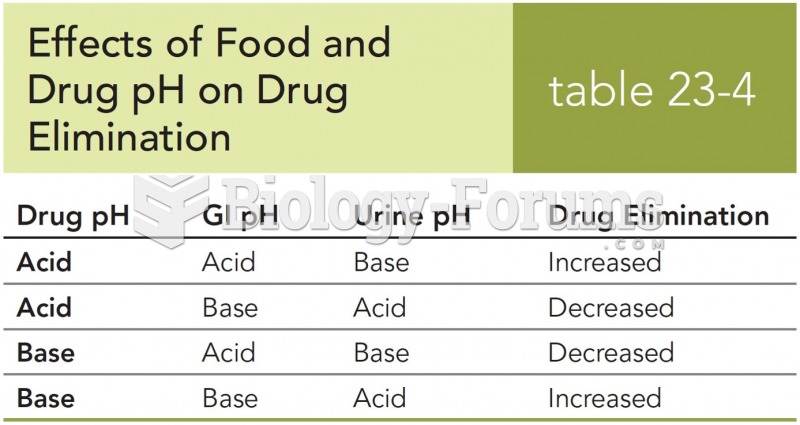Answer to Question 1
A
Feedback:
A critical concentration of a drug must be present before a reaction occurs within the cells to bring about the desired therapeutic effect. A dynamic equilibrium is obtained from absorption of a drug from the site of drug entry, distribution to the active site, metabolism in the liver, and excretion from the body to have a critical concentration. Selective toxicity is the ability of a drug to attach only to those systems found in foreign cells. Active transport is the process that uses energy to actively move a molecule across a cell membrane and is often involved in drug excretion in the kidney.
Answer to Question 2
A
Feedback:
available orally and is used to treat hypertension as well as congestive heart failure and left ventricular dysfunction after a myocardial infarction. Sotalol is a nonselective beta-adrenergic blocking agent used to treat potentially life-threatening ventricular arrhythmias and to maintain normal sinus rhythm in patients with atrial fibrillation or flutter. Propranolol is a nonselective beta-adrenergic blocking agent used for treatment of hypertension, angina, idiopathic hypertrophic subaortic stenosis (IHSS)induced palpitations, angina and syncope, some cardiac arrhythmias induced by catecholamines or digoxin, pheochromocytoma; prevention of reinfarction after myocardial infarction; prophylaxis for migraine headache (which may be caused by vasodilation and is relieved by vasoconstriction, although the exact action is not clearly understood); prevention of stage fright (which is a sympathetic stress reaction to a particular situation); and treatment of essential tremors. Tamsulosin is used to treat benign prostatic hyperplasia and is an alpha1-selective adrenergic blocking agent.







